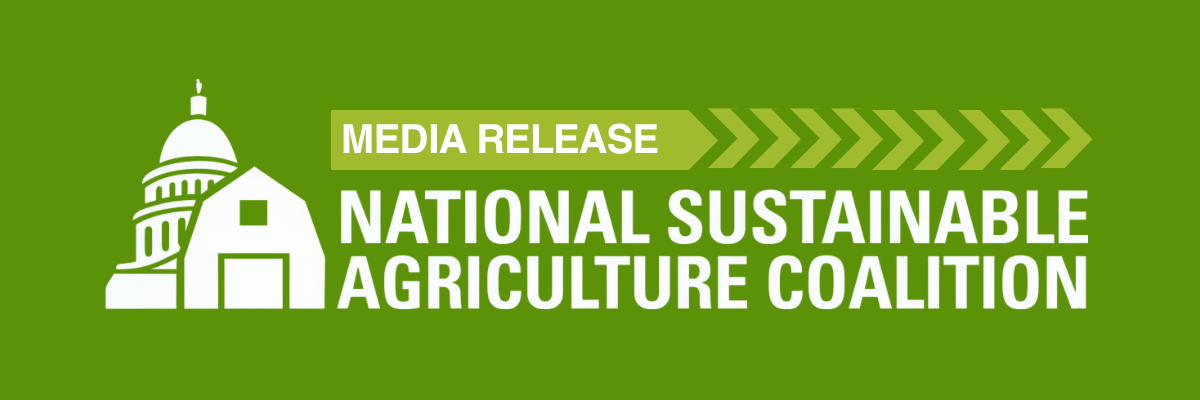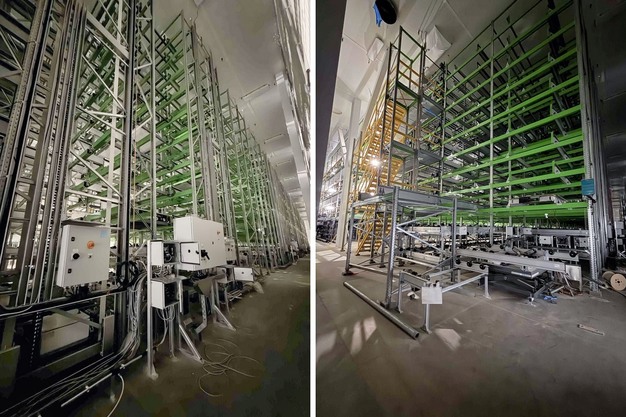Study outlines path to preserve country’s arable land – China Daily

Report on Sustainable Agricultural Practices for Achieving Sustainable Development Goals
H3>Introduction: A Nature-Based Framework for Global Goals
- A study published in the journal Science proposes a sustainable agricultural path centered on nature-based plant-soil feedback principles.
- This approach directly addresses multiple Sustainable Development Goals (SDGs) by aiming to preserve soil quality, boost crop yields, and significantly reduce reliance on chemical inputs.
- The framework emphasizes harnessing the intricate interactions between plants and the abiotic and biotic properties of soils as a key to sustainable agriculture.
H3>Addressing SDG 2 (Zero Hunger) and SDG 15 (Life on Land)
- The report identifies poor soil quality as a primary barrier to achieving Zero Hunger (SDG 2), noting that nearly 70% of China’s arable land, or 92.7 million hectares, is low to medium-yield.
- Degraded soil, a critical concern for SDG 15 (Life on Land), leads to an estimated annual loss of 1.5 tons of crop yield per hectare, severely limiting agricultural output and food security.
- Intensive agriculture has inadvertently caused widespread soil degradation, including salinization, acidification, and infertility, which this new approach seeks to reverse.
H3>Promoting SDG 12 (Responsible Consumption and Production)
- A core objective of the proposed strategy is to foster responsible production patterns (SDG 12) by minimizing the use of chemical fertilizers and pesticides.
- The study highlights the critical role of microorganisms in enhancing soil quality and fostering positive plant-soil feedback.
- Key recommendations for reducing chemical dependency include:
- Enhancing the release of root exudates to act as chemical signals for beneficial microbes.
- Developing tailored microbial engineering technologies and synthetic microbial communities to help plants absorb nutrients and defend against pathogens.
H3>Strategic Implementation and Traditional Practices
- The report warns that monoculture leads to the buildup of host-specific pathogens and negative plant-soil feedback, undermining long-term sustainability. A case in Hebei province, where 15 years of continuous monocropping led to a severe outbreak of bean root rot, exemplifies this risk.
- To counteract land degradation and restore soil health in line with SDG 15, the study advocates for the integration of traditional and sustainable practices, such as:
- Crop rotation
- Intercropping
- Cover cropping
- Organic fertilization
H3>Field Application and Contributions to SDG 13 (Climate Action)
- Real-world application of these principles has yielded significant results. In Long’an county, farmers increased banana yields by 18% after adopting soil feedback-based techniques, demonstrating a viable path toward SDG 2.
- The findings present a scalable solution for major soil degradation challenges, including those in Northeast China’s black soil region, which is strained by intensive farming and erosion.
- By restoring the balance of plant-soil interactions, these methods can revitalize fertility and promote climate resilience (SDG 13), enhancing the capacity of agricultural systems to adapt to climate change.
H3>Conclusion: Policy and Ecological Implications
- According to the Ministry of Agriculture and Rural Affairs, the study offers crucial theoretical support and practical tools for improving the ecological function of farmland soils.
- Soil health is recognized as a fundamental, long-term, and systematic endeavor essential for national and global sustainability.
- The adoption of these soil-centric strategies provides a comprehensive pathway for advancing the interconnected objectives of Zero Hunger (SDG 2), Responsible Consumption and Production (SDG 12), Climate Action (SDG 13), and Life on Land (SDG 15).
1. Which SDGs are addressed or connected to the issues highlighted in the article?
- SDG 2: Zero Hunger
- SDG 12: Responsible Consumption and Production
- SDG 15: Life on Land
2. What specific targets under those SDGs can be identified based on the article’s content?
-
SDG 2: Zero Hunger
- Target 2.4: By 2030, ensure sustainable food production systems and implement resilient agricultural practices that increase productivity and production, that help maintain ecosystems, that strengthen capacity for adaptation to climate change… and that progressively improve land and soil quality.
Explanation: The article’s central theme is promoting a “sustainable path for agriculture” by using “nature-based plant-soil feedback principles” to improve soil quality. It directly addresses the need to boost crop yields on low to medium-yield land and mentions practices like crop rotation, intercropping, and organic fertilization, which are resilient and sustainable agricultural methods aimed at improving soil quality and increasing production. The article notes that unhealthy soil leads to a “loss of 1.5 tons of yield per hectare” and that new techniques increased banana yields by 18%.
- Target 2.4: By 2030, ensure sustainable food production systems and implement resilient agricultural practices that increase productivity and production, that help maintain ecosystems, that strengthen capacity for adaptation to climate change… and that progressively improve land and soil quality.
-
SDG 12: Responsible Consumption and Production
- Target 12.4: By 2030, achieve the environmentally sound management of chemicals and all wastes throughout their life cycle… and significantly reduce their release to air, water and soil in order to minimize their adverse impacts on human health and the environment.
Explanation: The study proposes an approach that “aims to significantly reduce reliance on chemical inputs.” It suggests that properly applied microbes could serve as “eco-friendly alternatives to pesticides and fertilizers,” directly addressing the goal of reducing chemical release into the soil and the broader environment.
- Target 12.4: By 2030, achieve the environmentally sound management of chemicals and all wastes throughout their life cycle… and significantly reduce their release to air, water and soil in order to minimize their adverse impacts on human health and the environment.
-
SDG 15: Life on Land
- Target 15.3: By 2030, combat desertification, restore degraded land and soil, including land affected by desertification, drought and floods, and strive to achieve a land degradation-neutral world.
Explanation: The article explicitly discusses the negative impacts of intensive agriculture, which has “damaged soil health, leading to salinization, acidification, structural barriers and infertility.” It highlights that “nearly 70 percent of China’s arable land” is low to medium-yield. The proposed solutions aim to “preserve soil quality,” address “major soil degradation issues in Northeast China’s black soil region,” and “revitalize fertility,” which directly aligns with the goal of restoring degraded land and soil.
- Target 15.3: By 2030, combat desertification, restore degraded land and soil, including land affected by desertification, drought and floods, and strive to achieve a land degradation-neutral world.
3. Are there any indicators mentioned or implied in the article that can be used to measure progress towards the identified targets?
-
For Target 2.4 (Sustainable food production and resilient agricultural practices)
- Indicator: Crop yield per hectare.
Explanation: The article provides specific quantitative data related to crop yields. It mentions an “annual loss of 1.5 tons of yield per hectare” due to unhealthy soil and a successful case where “banana yields increased by 18 percent” after adopting the new techniques. This makes yield a direct measure of progress. - Indicator: Area of low to medium-yield land.
Explanation: The article states that “nearly 70 percent of China’s arable land — 92.7 million hectares — is considered low to medium-yield.” Tracking the reduction of this area over time would serve as an indicator of improved land and soil quality.
- Indicator: Crop yield per hectare.
-
For Target 12.4 (Environmentally sound management of chemicals)
- Indicator: Volume of chemical inputs (pesticides and fertilizers) used.
Explanation: The article’s stated goal is to “significantly reduce reliance on chemical inputs” and use microbes as “eco-friendly alternatives to pesticides and fertilizers.” Therefore, measuring the reduction in the quantity of these chemicals applied in agriculture is an implied indicator of success.
- Indicator: Volume of chemical inputs (pesticides and fertilizers) used.
-
For Target 15.3 (Restore degraded land and soil)
- Indicator: Proportion of land that is degraded.
Explanation: The article identifies “salinization, acidification, structural barriers and infertility” as markers of soil degradation. It also quantifies the problem by stating “nearly 70 percent of China’s arable land” is affected. Measuring changes in these soil health parameters and the overall percentage of degraded land would be a direct indicator of progress. - Indicator: Incidence of soil-borne diseases.
Explanation: The article gives a specific example of a “severe outbreak of bean root rot disease after 15 years of continuous monocropping.” A reduction in the frequency and severity of such outbreaks would indicate improved soil health and the restoration of positive plant-soil feedback.
- Indicator: Proportion of land that is degraded.
4. Create a table with three columns titled ‘SDGs, Targets and Indicators” to present the findings from analyzing the article. In this table, list the Sustainable Development Goals (SDGs), their corresponding targets, and the specific indicators identified in the article.
| SDGs | Targets | Indicators |
|---|---|---|
| SDG 2: Zero Hunger | Target 2.4: Ensure sustainable food production systems and implement resilient agricultural practices that increase productivity and improve land and soil quality. |
|
| SDG 12: Responsible Consumption and Production | Target 12.4: Achieve the environmentally sound management of chemicals and significantly reduce their release to soil. |
|
| SDG 15: Life on Land | Target 15.3: Combat desertification, restore degraded land and soil. |
|
Source: chinadaily.com.cn

What is Your Reaction?
 Like
0
Like
0
 Dislike
0
Dislike
0
 Love
0
Love
0
 Funny
0
Funny
0
 Angry
0
Angry
0
 Sad
0
Sad
0
 Wow
0
Wow
0










































































